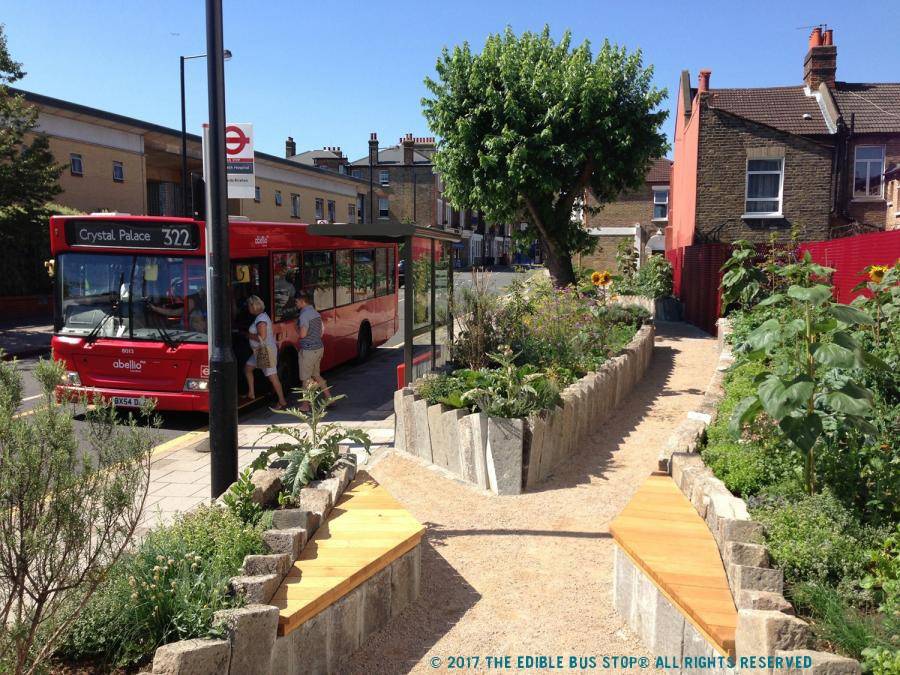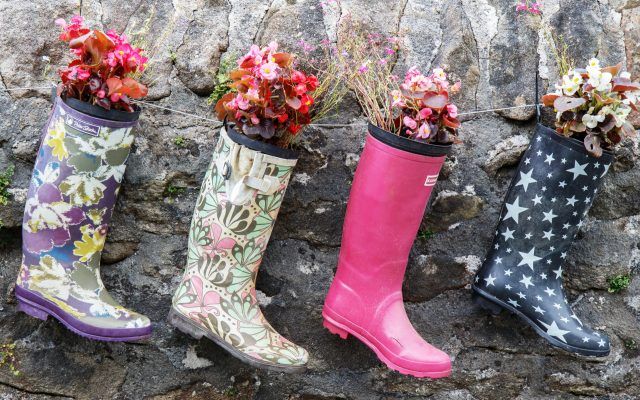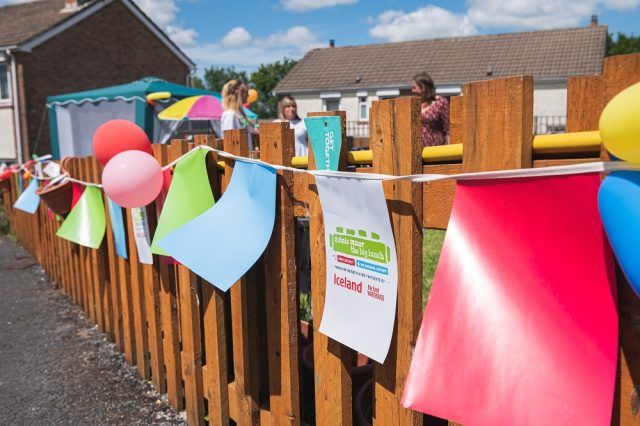Start a community garden
Add some nature to your neighbourhood.

Community gardens can come in all sorts of shapes and sizes, from parks to roof gardens to flowerbeds on city pavements. It’s a chance to be creative and add some nature into your neighbourhood, bringing benefits for both people and planet alike.
Here’s our advice on how to start a community garden, with top tips from some brilliant community gardeners.
It only takes a plant pot
You really don’t need much to get started with a community garden. It doesn’t need to be a certain size, or officially registered, or full of plants.
What matters most is the community and what’s important to them.
Community gardener Kathryn talks about how she started her community garden…

“Our community garden started with just one plant, in one pot, placed in the corner of what was then a neglected patch of paving slabs – allocated by the council for the storage of our wheelie bins, but otherwise totally ignored and unloved.
That one plant pot was our starting point – a sign that we’d already begun creating a garden, and an invitation to others to get involved. Over the months that followed, the garden was filled with all kinds of flowers, herbs and vegetables, becoming a stopping-off point for neighbours to chat, for children to look for creatures in the pond, and for passers-by to swap seeds, seedlings and spare food from our harvest.
We grew potatoes in a bookcase laid on its back, herbs in the drawers of an old dressing table, and rescued all kinds of planters, compost and pots to press into service in our tiny but rapidly-growing garden”

First steps for your community garden
1) Find a space
Ideally, your space should be somewhere accessible and shared by your community. It doesn’t need to be green or grassy – it could be an alleyway, the edges of a shared car park or the rooftop of an apartment building.
Alternatively, there might be disused green or brown space within your community that you’d like to use. These sorts of spaces have the potential to become bigger and more established community gardens, but may require more work along the way. We’d recommend trying to find out who owns the land (you can contact your local council or Land Registry) to get written permission for use as a garden.
If it’s an area that’s open and accessible, you could start to pop some communal pots and plants about before receiving permission (but you must be prepared to move them if asked to).
2) Collect the basics
Make a list of what you need to start your community garden, based on the sort of space you have available. Generally, this might include plant pots, compost and seeds and some basic tools such as trowels.
You could also ask around to see if your community has existing plants that can be split and potted up. Gardener’s World has a good guide to dividing plants!
Then, ask around if anyone has anything to spare, and look on Gumtree, Freecycle or Facebook Marketplace to see if you can find what you need. In asking around, you may find yourself with some volunteers for your garden too!
3) Make a start
That’s all you need to get going. Plant up a few pots (or host a day where you invite your community to help you) and put them in your community garden. That’s all there is to it!
Put up a sign saying ‘Our community garden’ to advertise to everyone what you’re trying to achieve.
Keeping your community garden going
Once you’ve got your garden started, you can begin to spread the word and think about scaling it up.
Here are our top tips on how to get your community garden more established and self-sustaining.
You may not get everything right first time – some things work, and others don’t. No project was ever completely plain sailing! Try not to be disheartened if you have setbacks, just regroup and try again.
1) Ask for help
You’ll need some support to keep your community garden looking bright and beautiful. Ask in your local community if anyone is willing to support or help you, and form a volunteers group who can share the work.
Learn what skills your volunteers may have and how you can use that in the garden. Some people may be incredibly green-fingered, while others may be better suited to building planters and bug hotels. Others may excel at promoting your garden and organising events. Everyone has a skill they could contribute!
2) Set a vision
It can be a useful exercise to invite your community along to your garden and ask them their thoughts and what they would find useful or enjoy. That might be a bench to relax and chat or specific beds for growing veg or flowers. Once you’ve got a clearer idea, you can set out a vision document that helps to shape the decisions you make for your garden, and ensures everyone is working towards a common goal.
This vision document and community consultation is also extremely useful if you ever want to apply for funding for your community garden.
3) Invite people in
Spread the word about your community garden by hosting events or community planting days at your garden. This can help to build your base of volunteers as well as establish the profile of your garden so more people can enjoy and benefit from it.
Consider reaching out to local businesses, community groups and local press to see if they’d like to visit and help out, or sponsor anything you might need to grow your garden further.
Looking for funding?
If you’re looking for funding to take your community garden to the next level, we’ve got a list of local community grants you can apply for. Alternatively, get in touch with one of our team who can provide support or put you in touch with someone who’s been in your position.
Top tip
If you’re struggling with people disrupting your community garden (we know it happens!), why not take a leaf out of our friend Rob’s book?
When the plants in his local park were ripped up the night after they were planted, it understandably caused upset. But the next day, he just planted them again. That night, they were ripped up again.
In a battle of wills over several days, whoever was ripping them up eventually gave up as they were consistently replanted the following morning.
It can be frustrating, but by keeping calm and being consistent, you can send the right message!
Community gardens in Dundee
Manuela chats about the network of community gardens in Dundee and how beneficial they are for local residents.
Did you know?
Wherever possible, using peat-free compost (or even making your own!) is a small measure we can all take to protect our environment this spring. Peatlands are precious spaces for wildlife and they’re a huge store of carbon – protecting them is vital in the fight against climate change.


